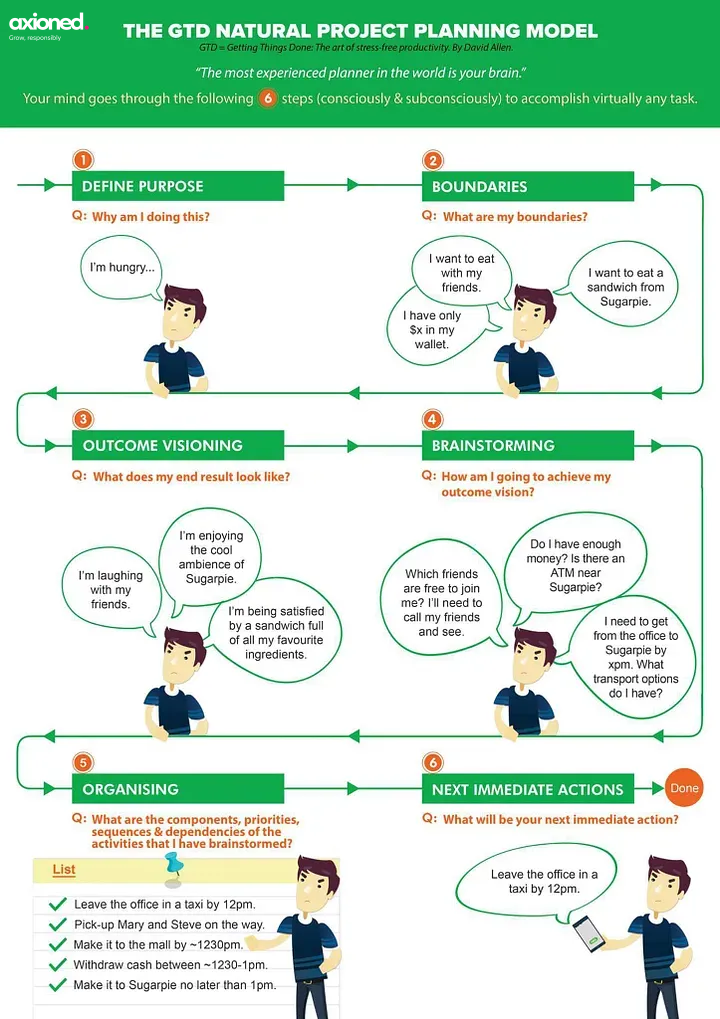The Power of the BRAINSTORM

When you need to find a solution, you usually need to get there fast. But working quickly can be counterproductive when you need to be creative, and you may actually get from A to B faster if you give yourself TIME to brainstorm.
We often don’t recognize that the activity of brainstorming to identify a likely “solution” (or solution hypothesis that you wish to test) needs dedicated time.
I’ve observed countless meetings getting side-tracked because the meeting organizer and/or attendees think that a solution needs to be established in the moment. Sometimes it doesn’t! Especially if “brainstorming solutions for xyz” was NOT on the agenda.
By the way, this often happens when there is NO “meeting owner” (aka facilitator) for a meeting, to keep the meeting focused on the agenda and time-bound. For more on meeting discipline/facilitation, see here, with Ray Dalio: “33) If it is your meeting to run, manage the conversation.”

When you’ve established your outcome vision (your image/picture of what completion and/or success looks like) and why you want to achieve this vision (why are we doing this?), then your next step is BRAINSTORMING.
If you’ve established a similar solution or done a similar project in the past, the time required for brainstorming may be less. But even then, you can always use brainstorming as an opportunity to apply learnings from your own and others’ past experiences, client feedback, and industry trends.
Brainstorming GTD (“Getting Things Done”) Style
I love this post by Trent Hamm, “Getting Things Done 101: The five phases of project planning.”
In it, he says [emphasis my own]:
“Once you know what you want to have happen, and why, the “how?” mechanism is brought into play. When you identify some picture in your head that is different than your current reality, you automatically start filling in the gaps, or brainstorming.
“In other words, once you know your goal clearly, you start assembling the steps to get there. Obviously, a full-fledged plan isn’t going to pop right out. Instead, you have to sit down and start breaking down the process.”
And that means brainstorming — or thinking about questions like, “How might we get there?” and “What steps are required?”

Different people have different methods for doing this. Trent explains how he writes down ideas as fast as they come to him and connects them together with lines and additional notes.
I (Libby) tend to dump my ideas into a text file and then reorganize as more ideas come to me, combining parts of steps 4 and 5 in the graphic above. I’ll often spend at least ~15–20 minutes on this activity, until I have greater clarity or enough clarity to move forward and/or share with others (clients, team-mates, etc.)
But here’s the key with brainstorming: It’s not the time to judge ideas. Brainstorming is about getting the ideas out. After that you can organize — and judge ;-) — them. And by going through this process, you’ll be more likely to find a smart solution that you may not otherwise have come up with.

